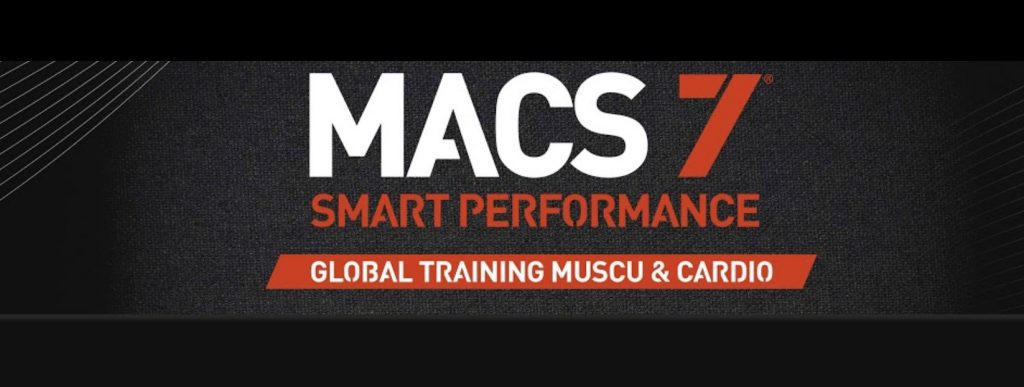We often hear about pre-fatigue without really knowing what it is and above all without really knowing whether we should be concerned by the subject or not.
It is a common practice that allows us to refine our training programme, according to our real needs. In short, for those who are just starting out as well as for those who have been in the world of bodybuilding for a while, it can be useful to use this technique.
What is pre-fatigue?
Pre-fatigue is when you start your workout by doing an isolation exercise on a particular muscle before moving on to a compound exercise. The isolation exercise is the one that is supposed to work only a specific muscle such as the pectoral muscles, in order to pre-fatigue it. The compound exercise is the basic exercise, the one which will be there to reinforce the muscle to be worked, as here the pectoral muscles.
What differentiates the two exercises is that the first one works only one muscle and is only intended to pre-strengthen it, while the second one calls upon different muscles, but is still there to strengthen the pre-strengthened muscle.
If we take the pectoral muscles as an example, we will start with split exercises, which are isolation exercises, then we will go on with bench presses, which are compound exercises.
Who is affected by pre-fatigue?
You are probably wondering when you should consider using pre-fatigue? Well, this method is mainly concerned with weak points. If you have any, this article will be of great help to you.
The weak point is the muscle or muscles that need to catch up with your general musculature. This delay may be due to your morphology, the nature of the muscles or other factors. However, they should be distinguished from poorly worked muscles which have just not been properly considered in the training programme.
This is recognised by two points:
- Physically speaking, the weak point or points can be recognised by the fact that they are the least developed parts of your body. In other words, you can see directly in the mirror where your weak point(s) are:
- If we refer to the sensations, the weak point is the muscle that does not contract enough or that contracts with difficulty during compound exercises. These muscles are easily recognized because they are not felt to be working during the basic exercises.
Using the example of the pectoral muscles, with a bench press instead of working the triceps, shoulders and pectoral muscles at the same time, one will only succeed in exhausting and developing the first two. The objective of this exercise is to rely on these three categories of muscles. However, it will only use the first two, as they are the only ones able to perform the exercise well. In short, the shoulders and triceps will work twice as hard to fill the gap left by the underperforming pectorals.
Practically speaking when you start bench pressing with the aim of working your pecs, you will have pain in the triceps without noticing any results or feeling in the pecs.
Now that you know if you are concerned or not when we talk about pre-fatigue, let's move on to the actual practice, or how to make up for your weaknesses with pre-fatigue?
The various versions of pre-fatigue
Like any method, pre-fatigue has been refined over the years. If the purists prefer the basic pre-fatigue method, some practitioners opt for slight modifications. There are then different variations of the pre-fatigue method, derived from the basic one.
The basic pre-fatigue method
The basic method starts with several rounds of isolation exercises and then follows directly with polyarticular exercises. A characteristic of this method is that there is no recovery time between exercises.
The pre-fatigue method in superset
This method is based on an original superset programme. The superset is known as a programme that combines two strength training exercises in one set, which also work different muscles. The superset pre-fatigue technique then consists of including isolation exercises in the superset programme.
The modified pre-fatigue method
The modification of the pre-fatigue method mainly concerns the break times. While in the first two versions the exercises are performed in a single series, i. e. without recovery time, in this method breaks are introduced. Instead of rushing through the exercises, this method advises you to set a fixed recovery time between the movements.
How to introduce pre-fatigue into the training programme
This technique is not practiced willy-nilly. There is a reason why pre-fatigue is not a basic method for a training programme, but a support method for weak points only, otherwise there is no point in introducing this method into your daily routine.
Here are some guidelines to consider for your training programme:
- Be sure to identify your weak point:
Sometimes we mix up our weak point with a badly worked muscle
- Be careful not to overdo it during isolation exercises:
The first part of the pre-fatigue is only there to start the congestion of the muscles to be worked. This is so that the muscles being worked in the same way as the weak point in compound exercise do not tire too quickly.
- Prefer intermittent and not permanent pre-fatigue sessions :
It is best to set up a programme where the pre-fatigue sessions only last for a maximum of two weeks and only resume after at least four weeks. The aim of this technique is to make up for a weak point without neglecting the rest of the body. An intense session of short duration also allows progress to be seen more clearly.



















